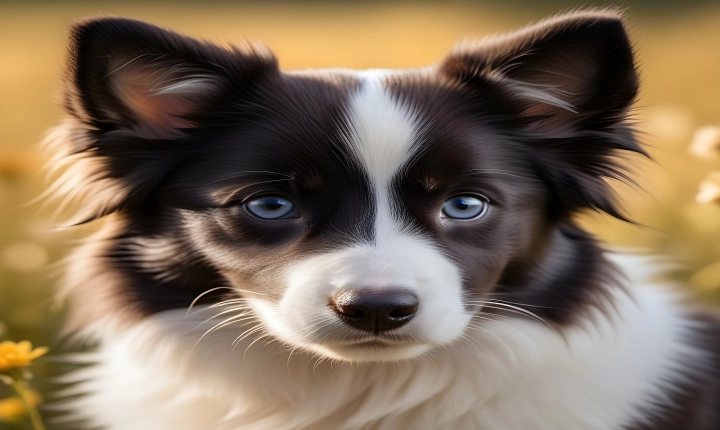Artificial intelligence (AI) has revolutionized many aspects of our lives, and the art world is no exception. One of the most fascinating applications of AI in the artistic realm is the emergence of AI art generators. These innovative tools use machine learning algorithms to analyze existing art, learn from it, and generate new pieces of art that mimic the styles of famous artists or create entirely new and unique styles. But how do AI art generators actually work?
At the core of AI art generators are deep learning algorithms, which are a subset of machine learning that involve training neural networks to recognize patterns in large datasets. In the case of art generation, these algorithms are trained on massive collections of artwork, encompassing a wide range of styles, techniques, and genres. Through this training, the AI learns to identify and understand the characteristics that define different artistic styles, such as color palettes, brushstrokes, and composition.
Once the AI has been trained on a diverse array of artistic styles, it can be tasked with generating new art. This process typically involves providing the AI with some initial input, such as a prompt, a set of parameters, or even an existing piece of art, and then allowing the algorithm to generate a new artwork based on the input. The AI uses its learned knowledge of artistic styles to create a piece of art that matches the provided input while also bearing the marks of a specific artistic style or a unique fusion of styles.
To generate art that is visually appealing and artistically coherent, AI art generators often employ a combination of techniques, including style transfer, generative adversarial networks (GANs), and reinforcement learning. Style transfer involves merging the characteristics of different styles to create new artwork, while GANs pit two neural networks against each other to create original art. Reinforcement learning enables the AI to constantly improve its art generation by learning from feedback and adjusting its approach accordingly.
One of the key advantages of AI art generators is their ability to produce a vast quantity of art in a relatively short amount of time. This can be invaluable for artists seeking inspiration, as well as for art enthusiasts who are looking to explore a wide range of styles and ideas. Additionally, AI art generators can help artists break through creative blocks and discover new directions for their work by presenting them with novel and unexpected imagery.
However, while AI art generators hold great potential, they also raise important questions about the nature of art and the role of human creativity in the artistic process. Some critics argue that AI-generated art lacks the emotional depth and intentionality that are inherent in human-made art, while others contend that AI art can serve as a powerful tool for sparking creativity and expanding the boundaries of artistic expression.
In conclusion, AI art generators represent a fascinating intersection of art and technology, leveraging the capabilities of machine learning to create art that mirrors the styles of renowned artists or blazes entirely new trails. Through the use of deep learning algorithms and a variety of techniques, AI art generators are able to produce visually compelling and stylistically diverse artwork. While they may raise questions about the nature of art and the role of human creativity, AI art generators offer exciting possibilities for artists, art enthusiasts, and technology enthusiasts alike. As the field of AI continues to advance, it will be intriguing to see how AI art generators evolve and shape the future of art.
